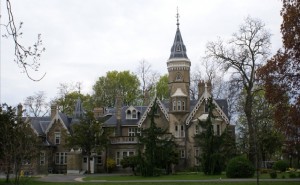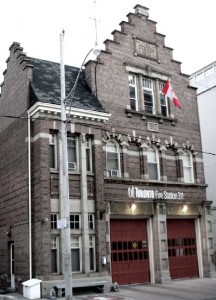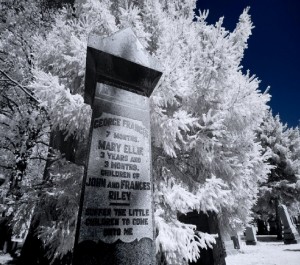The Origins and Development of Deer Park
Toronto’s Deer Park neighbourhood has a deep history that goes back to the early 1800’s. Deer Park was first referred to by the First Nation people as “Mushquoteh”, which is an area where deer come to eat. In 1837, the Heath family purchased the land and appropriately named the their estate Deer Park, which is where the neighbourhood received its name from.
Quickly after the Heath’s family estate was completed, the land began development. By 1850, the area had a handful of country real estate, a general store, a school, a cemetery, a race track, and a hotel. The hotel was called Deer Park Hotel, and took pride in feeding the deer that roamed on the hotel’s land.
In 1908, Deer Park officially became a neighbourhood when it was annexed to the City of Toronto. Once Deer Park joined Toronto, it was a highly valued neighbourhood to reside, and by 1930’s, Deer Park was established as one of Toronto’s finest residential districts!
Today, the Deer Park neighbourhood is different from all the other successful Toronto neighbourhoods. This is because the real estate in Deer Park isn’t isolated from the rest of Toronto. The residential streets take you directly to the heart of Toronto’s busiest shopping, entertainment, and business districts. This provides Deer Park residence with the perfect balance of green space and community activities.
Real estate in this Toronto neighbourhood comes in a variety of architectural styles. You can find anything from detached and semi-detached houses to townhouses, and Deer Park even has Toronto’s largest selection of luxury condominium apartment buildings. The majority of real estate in Deer Park was built between 1875 and 1920, however there has been newer houses built more recently, but even the new houses blend in perfectly with the older real estate that’s still standing.
Toronto’s Deer Park neighbourhood offers its residence much more than just a wide variety of real estate. You can shop locally at the nearby shopping district and/or shopping mall, or take part in one or two of the many outdoor activities that take place at the parks.
Shopping is easy and convenient for just about any product or service. Visit the local shopping district located on Yonge and St. Clair, it’s well known for its fine selection of fine restaurants and high profile retailers. Another option for shoppers is the The Towne Mall where you can buy anything from clothes to groceries!
The Deer Park neighbourhood has three green spaces that attract visitors from all around Toronto!
- Rosehill Reservoir Park – this is known as one of Toronto’s prettiest parks. You can take a walk, jog, or bike ride through the hiking trail that wraps around the entire park, or you can just relax around the water fountain, reflecting pool, or the waterfall, all of which are located in Rosehill Reservoir Park!
- David Balfour Park – this park offers one of the best hiking trails in Toronto! It goes through the Vale of Avoca Ravine, and feels like you’re jogging through the wilderness. It’s one of the best hiking experiences in Ontario.
- Oriole Park – this park features a children’s playground, a wading pool, two tennis courts, and access Toronto’s old Belt Line Railway, which is now a a seven km path that’s great for hiking.
Public transportation in the Deer Park area includes a subway station, as well as a bus station. Both of which are in walking distance from any house in Deer Park. It takes approximately 10 minutes to get to downtown Toronto from Deer Park, and 20 minutes to get to Toronto’s major highways.



Speak Your Mind
You must be logged in to post a comment.